A Simple + Flexible Homeschool Routine for 2024
This post contains a description of our homeschool daily routine for five children, an update on how we are progressing with narration, and some concluding encouragement to trust your own parental instincts!
Contrary to a new homeschooling mama’s beliefs, one does not simply create the perfect schedule in August, print it off in September, and then use it until May. We have been doing this homeschool gig for six years now, and every single year I have to make multiple mid-year changes to our schedule. Our circumstances might change, or the curriculum might need to change, or, most frequently, the children themselves change. This is not a bad thing!
Perhaps this won’t happen so frequently when the children are a little older, but for now, flexibility is still the name of the game. We started out with one routine last September and then around November I had an epiphany and we switched things up. We’ve also been using narration with the children this year (one of our goals last year), and I will share how that is working out!
Here’s a look at our current homeschool daily routine, and I hope it will perhaps give you one more idea to add to your mental list of “Ways to Organize Our Day and Calm the Chaos.” Doesn’t everyone have one of those? No? Just me? Okay then.

Homeschool Daily Routine for Five Children Ages 2-11
One exciting change to my mornings has been that for the last five months, I have been able to get up before the children on most mornings. This has not happened in the eleven years since our oldest was born, and it is a game changer! And yes, I do feel that I am squarely in the throes of middle-age when I tell you that one of the most exciting parts of my life now is waking up early. Please pass me the tums and bifocals.
When I was pregnant or was nursing or had poorly-sleeping infants, I could not get up early. I tried, and just could. not. do. it. Today, there are still some mornings where I cannot do this because even though our littlest guy has reached the ripe old age of 2.5 he still has a fair amount of nights where he wakes up and needs us. HOWEVER, on the nights where we all sleep well, I try to get up before everyone else and it is wonderful.
Time alone before the rush of small humans does so much to set the mood for my day. I absolutely understand if you’re in a season where you can’t do that – I am just barely out of that season! – but I would also encourage you to give it a try once you feel that you can.
So, on to our new homeschool daily routine! The children are up around 7:00, I try to be up before them if able, and then after some cuddling and yawning and snuggling on the couch, we move to breakfast and chores. We still are not great about starting school by a certain time, but once everyone is ready we eventually begin by gathering around the piano and singing a hymn together.
Some mornings I keep Baby Brother with us and he enthusiastically “plays” the piano along with me which does absolutely nothing to improve our singing, and other mornings I will put him in his Independent Playtime before we sing so that I can actually hit all the right notes without his chubby fingers getting underfoot (hand). Either way, after our song he will then be upstairs playing safely by himself while the rest of us move on to our Morning Time.
Morning Time is where we do things that everyone can participate in together: history readings, our science book, Bible story, fairy tales, poetry, and hopefully soon we’ll get back into some memorization. We don’t do all of these every day but usually hit 2-4 of them. I love this part of the day because I get to sit and read interesting books without the toddler around!
The kids love this part of the day because all they have to do is listen (plus a bit of narration) and they’re allowed to play with certain toys while I read. I’ve had to limit their options of what they’re allowed to do during this time because some activities are more distracting than others, and I do in fact want them to be able to listen well.
YES to playing with small cars but NO to crashing them into your brother’s cars. YES to coloring but NO to drawing. YES to working on a puzzle but NO to flipping through a picture book. YES to rolling on the carpet but NO to backflips over the couch (#boymom).
Side Note No. 1: another perk to Morning Time is that we can continue on with it even when the kids are not feeling well. This happened last week, when a few of the kids were under the weather with sore throats and low fevers, but they were still quite content to lie on the couch and listen while I did our normal morning readings.
After Morning Time, I used to give the three older boys their independent work and send them off while I did something with Little Sister. However, last fall I had an epiphany where I realized that while I cannot work actively with the boys during afternoon rest time (because Mom needs a rest too), they can work on their independent work then.
This then frees me up to do math with them in the morning, or piano practice, or something else where I need to be present and involved. It’s a simple and obvious shift which I probably should have noticed earlier but hey, better late than never! So, now after Morning Time, I have been doing math with one or two boys while the other one (or two) practices piano. I squeeze in a little phonics time with Little Sister, and after that Baby Brother is done with independent playtime and we are all ready for a snack and a break.

After some snacks and a break and maybe outside time if the weather is decent, I will try to help another boy through his piano practice, do some cleanup, read a couple books to Baby Brother if he’s feeling neglected, and then start lunch prep. During lunch I read aloud from a chapter book, which inevitably ends with all four children yelling “KEEP READING!!” and the toddler chiming in with “TEEP WEADING!”
Our lunch books are far above his comprehension and I could probably stop in the middle of a sentence for all he cares, but in typical youngest-child fashion he will enthusiastically join in with whatever his siblings are shouting about.
Quick mom hack: on days when I am not feeling well or am too tired to read, our Yoto player makes an excellent substitute! That player is probably one of the best purchases I’ve ever made for the kids. After three years with it, we still use it almost every single day! Audio books, in whatever form you might find them, are such a fabulous literacy activity for children.
Moving on: after lunch we go to rest time, where Baby Brother naps, Little Sister plays quietly in her room, the three older boys do their independent school work and then play quietly, and Mom collapses on the couch does something productive. A few times a week, at the end of rest time, I have Big Brother come down a little early so that he and I can work on his writing projects for Classical Conversations together.
After rest time we do not do any other Official School Work, though if a boy has not yet practiced piano we will squeeze it in before supper, and we do an afternoon clean up time which is a necessary and important practice of life skills, and Daddy also reads aloud again before bed time (another favorite time of day).
Let me clarify, however, that this is an ideal day and not every day looks like this. Sometimes we have appointments or special projects or random injuries or a multitude of other possible interruptions; sometimes we go out for a park date with friends or a spontaneous zoo trip; sometimes our house is in shambles and we spend the day cleaning; sometimes everyone’s tired and crabby and we end up doing more picture books on the couch and I make the executive decision to swap out their handwriting practice for PBS kids.
But we keep forging ahead with our homeschool daily routine, doing our best to be diligent on the days that we can, and giving ourselves grace on the days that we can’t.
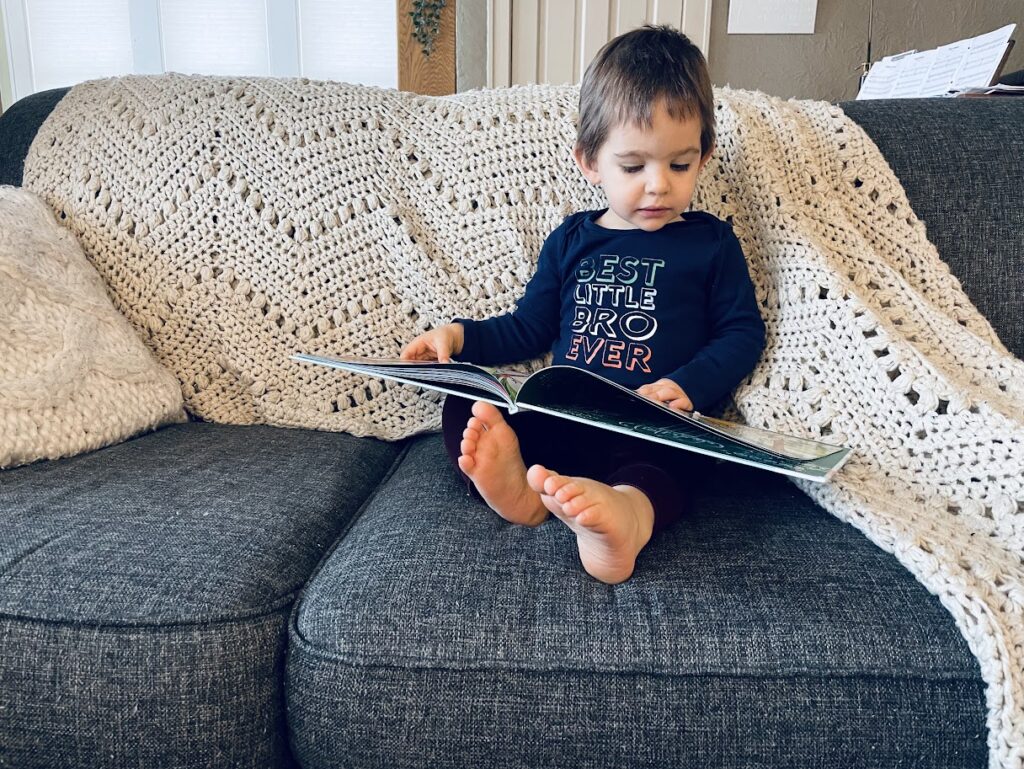
Beginning Narration
One of our goals this last year was to add more narration to our days, and it has taken some effort because it is a learned skill and doesn’t always come naturally to the children (or to me). We’ve started out by only using it during our Morning Time, though I hope to add it in to more areas of the day eventually. This year, each morning after I read our Bible story, I pick one child and ask “What did you hear?”
Now, when we first started this several months ago, I generally got deeply profound answers such as “I don’t know” or “I forgot” or “Jesus helped someone.” It was less than encouraging. However, it is amazing what happens when you persevere at a habit. I kept reading and kept asking and, lo and behold, their answers started getting longer!
Now we are several months in and I still don’t think their answers are particularly eloquent or unique, but I can tell they are listening and slowly learning to put what they’ve heard into their own words.
Side Note No. 2: This is the foundation of learning to write – thinking about what you have heard/seen/experienced/felt and putting it into your own words. Spoken narrations should eventually transition easily to written narrations.
After I read a fairy tale I usually ask them if it reminds them of any other stories they have heard, OR how it was similar to/different from other versions of that same fairy tale. When we did our Christmas unit study, they were using drawing as a form of narration which is another wonderful option.
One more variation I’ve tried: telling them that after we are done with the reading, each child needs to tell me one thing that they heard. This one has worked particularly well with our science book because it has a lot of facts to pick and choose from. The basic idea we are working on is the skill of listening carefully and attentively (not easy) and the skill of repeating or re-forming some of what was heard into your own words (also not easy).
Narration is harder than it sounds. Try it yourself and you’ll see how much thought it requires! I feel this acutely whenever I finish a book and want to tell my husband about it but am brought up short by the difficulty of summarizing an entire book in a way that makes sense. “So, um, it was really interesting, and they made good points about some stuff, but I can’t remember what they were…”
There are still occasional days where it’s akin to pulling teeth to get anything at all out of the kids’ brains, but we have seen enough progress in just five months that I am excited to keep going. Some days, the kids are excited enough to chime in with their own narrations even when it’s not their turn, which is so encouraging! I also see them making their own connections between ideas, like when one boy told me after reading Snow White, “Mom, I think the queen was kind of like King Saul because King Saul was jealous of David and she was jealous of Snow White!”
These sort of connections would never stick with the children if I had lectured them on it myself; but when they have the space and opportunity to notice for themselves, it means so much more. If you’re interested in reading more about narration, why it’s so powerful, and other ideas for implementing it in your day, I’d suggest Modern Miss Mason or Know and Tell. They both have excellent practical ideas based on their own extensive experiences with real-life children.
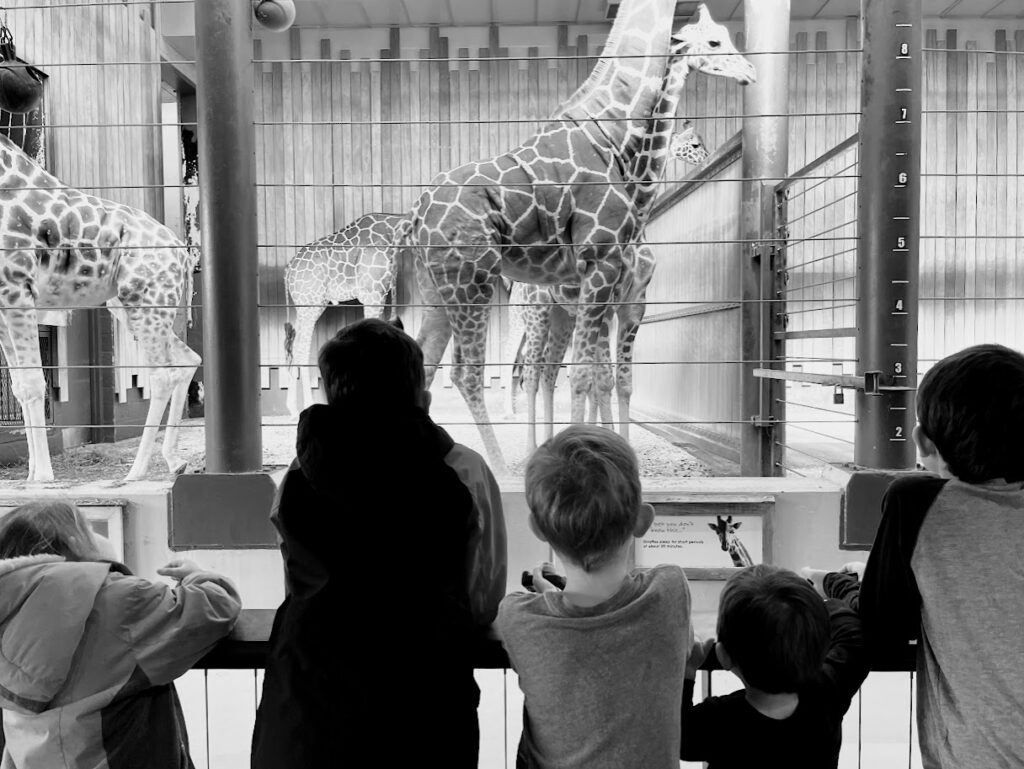
Conclusion
Finally, whether you are reading what my children are doing, or watching that cute family on Instagram, or listening to your neighbor share what works for her kids, please remember that you are the expert on your own children, and what works for others will not always work for you.
I do not share what we are doing because I think it’s perfect, or that it will work for everyone, or that it’s the only right way; I share it in the hopes that it might spark some ideas and perhaps give you another option to consider.
Don’t be afraid to trust your own mothering instincts, and if you are a Christian, don’t be afraid to take even the smallest decisions to God in prayer! You are exactly the mother that your children need, and we can have confidence that the God who gave us these precious souls will also give us the wisdom we need to parent them well.
“The next element is confidence. Parents should trust themselves more. Everything is not done by restless endeavor. The mere blessed fact of the parental relationship and of that authority which belongs to it, by right and by nature, acts upon the children as do sunshine and shower on a seed in good soil.” ~ Charlotte Mason, School Education



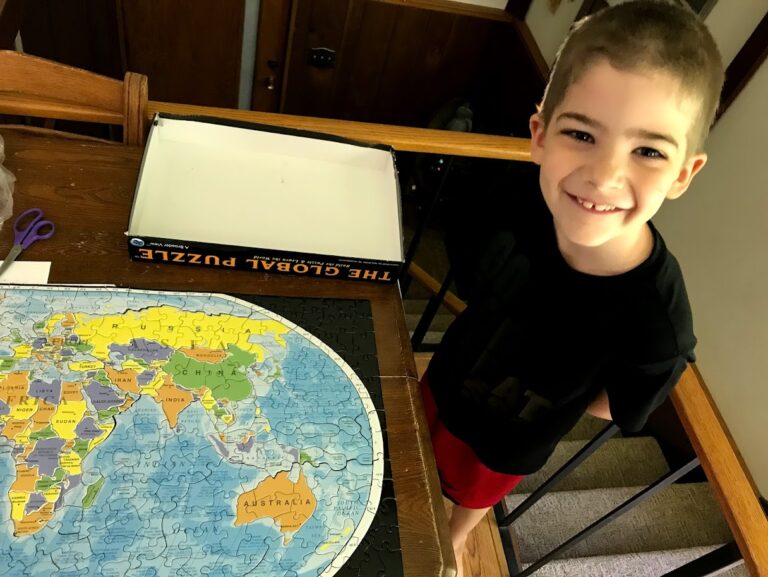

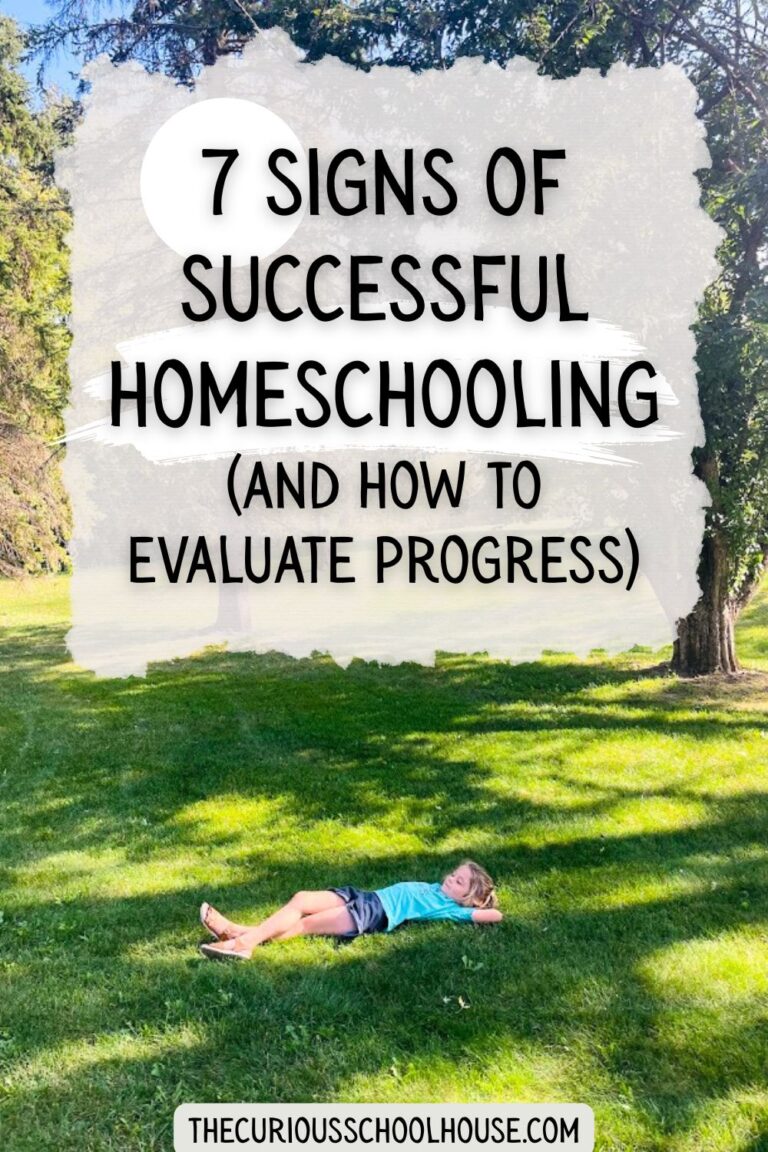
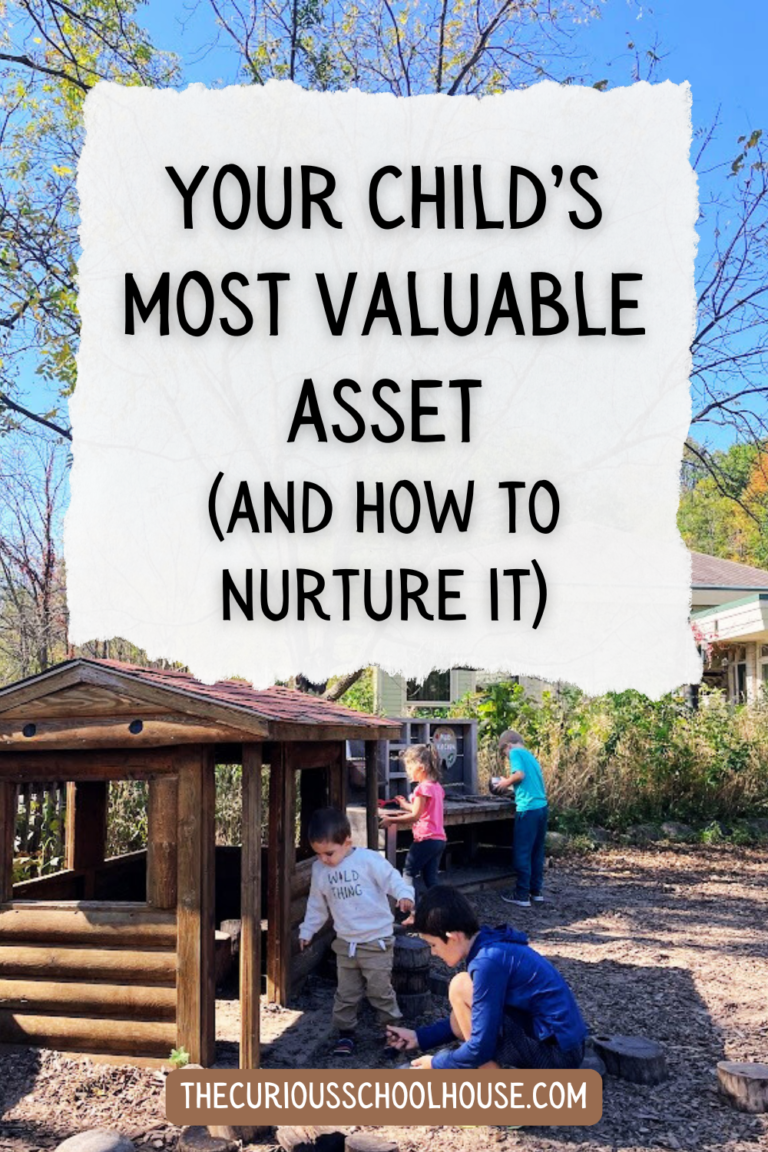
Really enjoyed this. Praying for you.